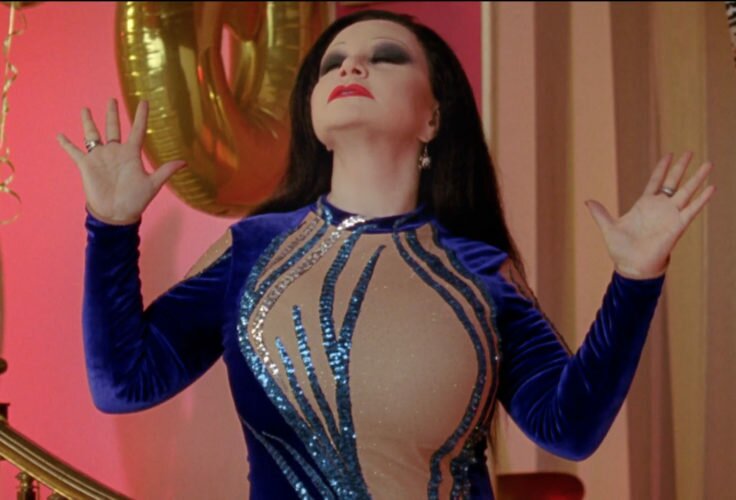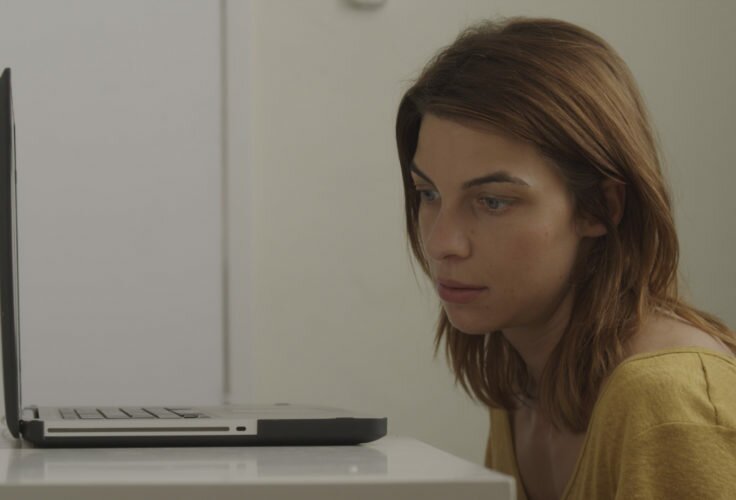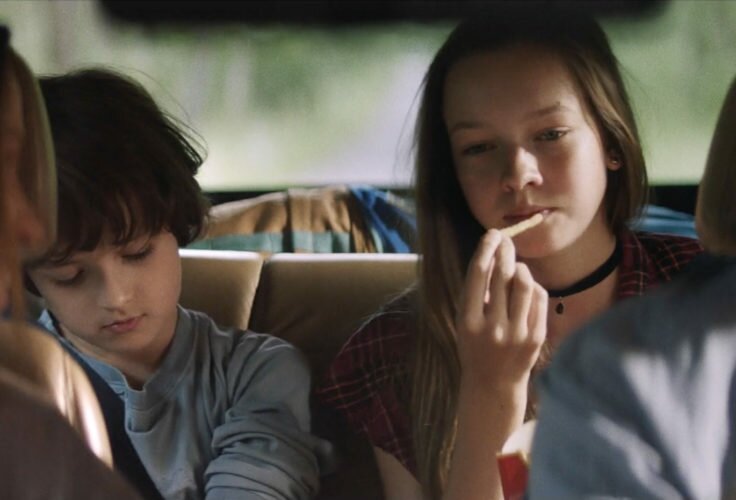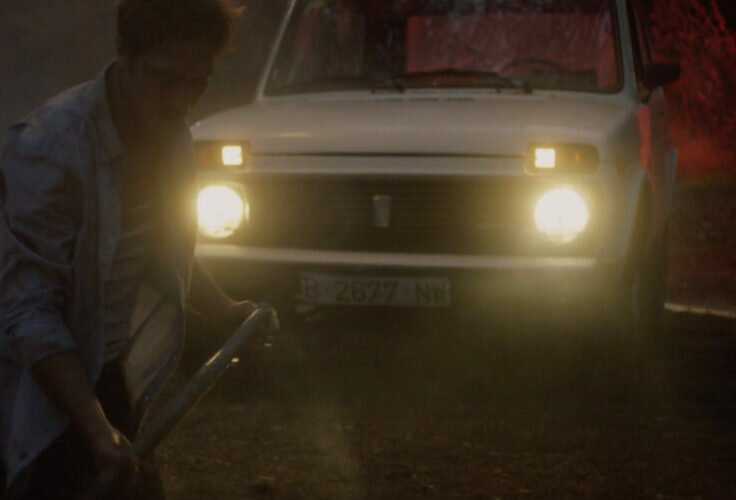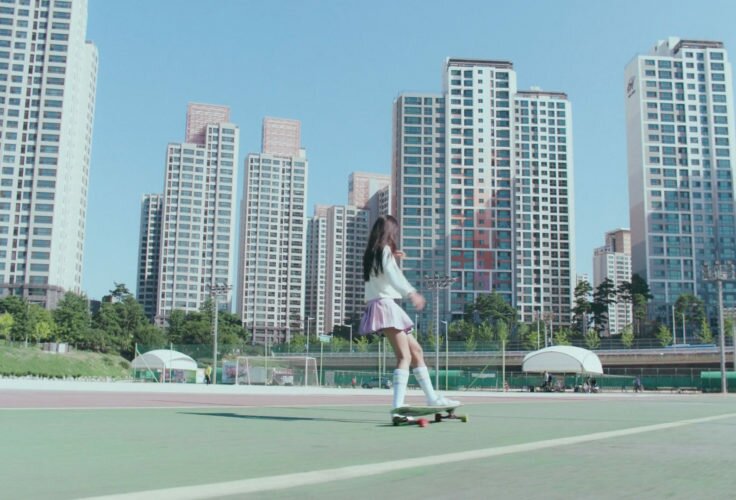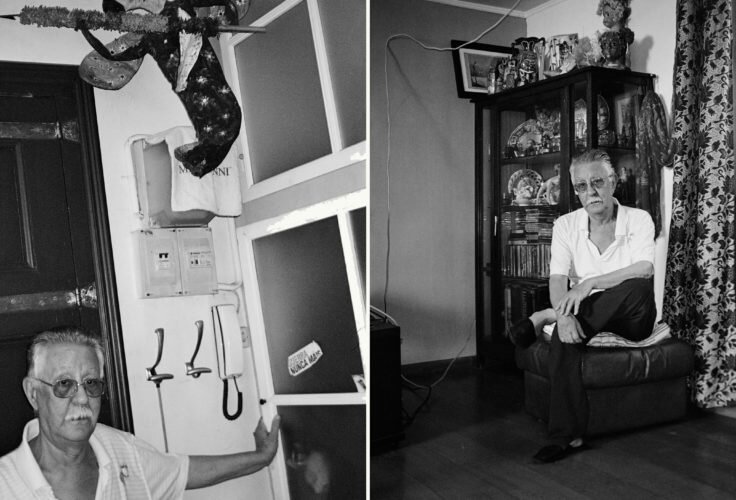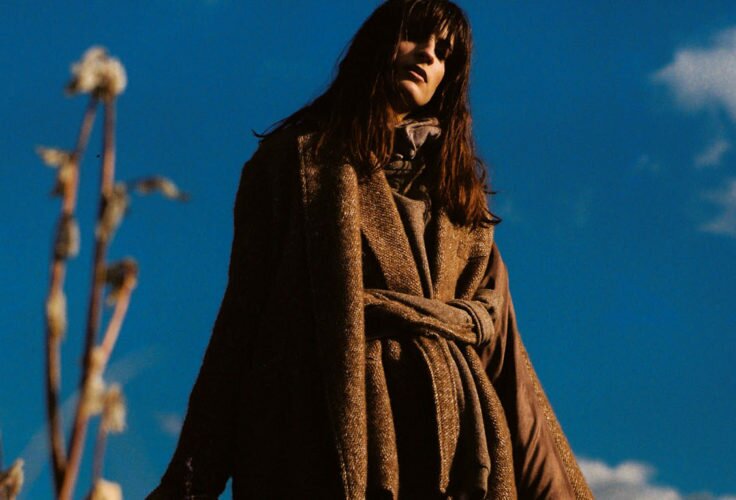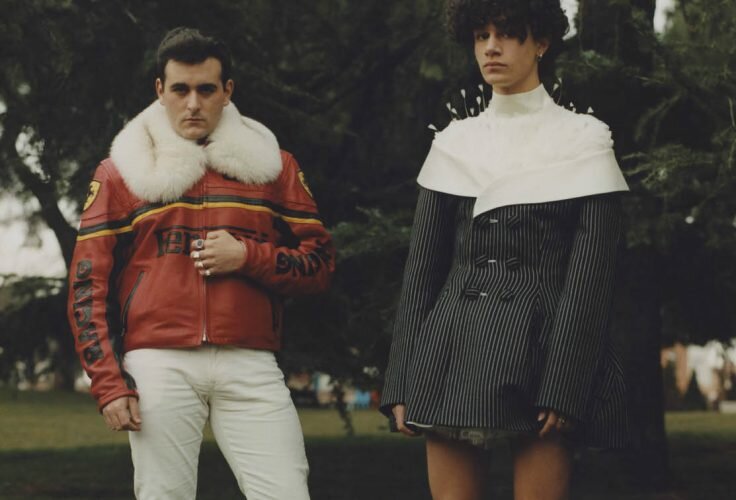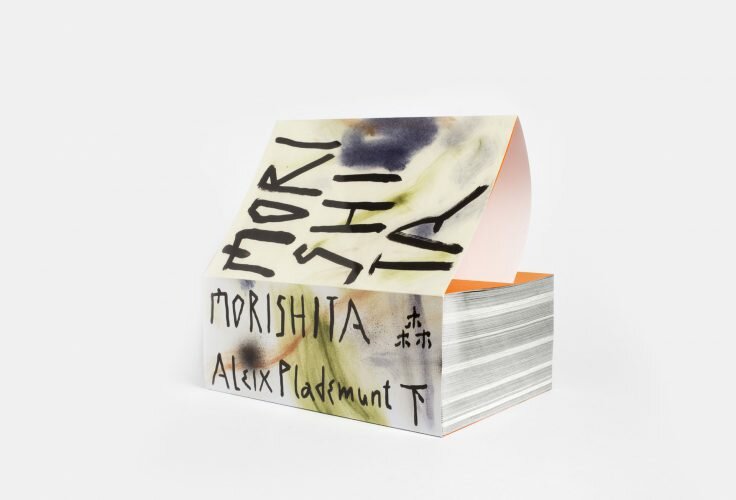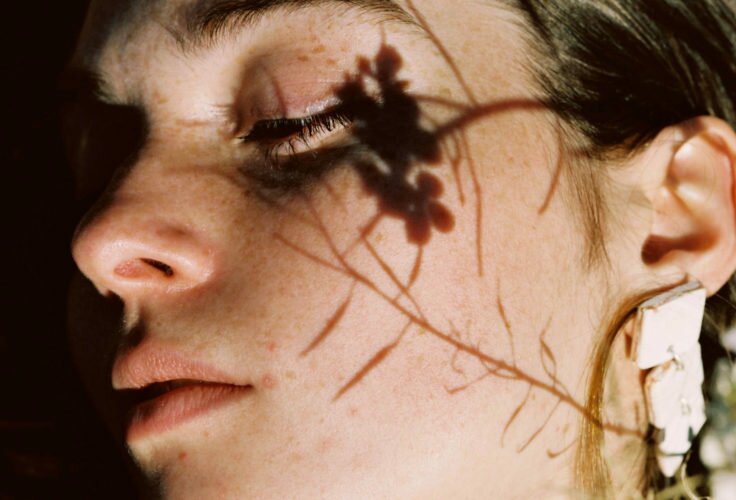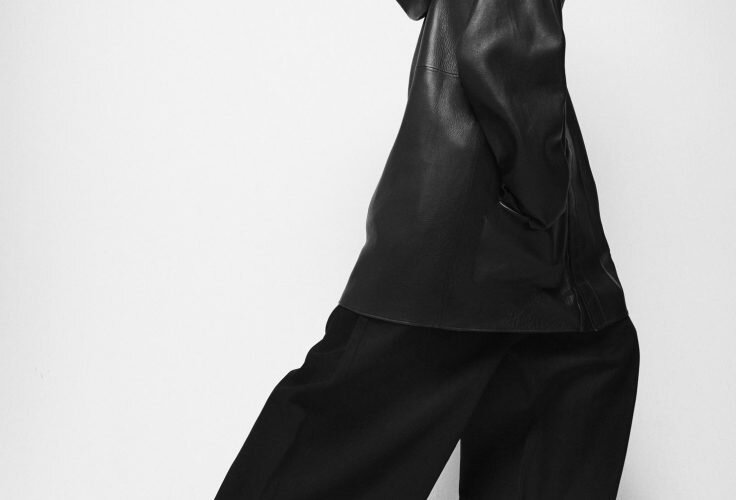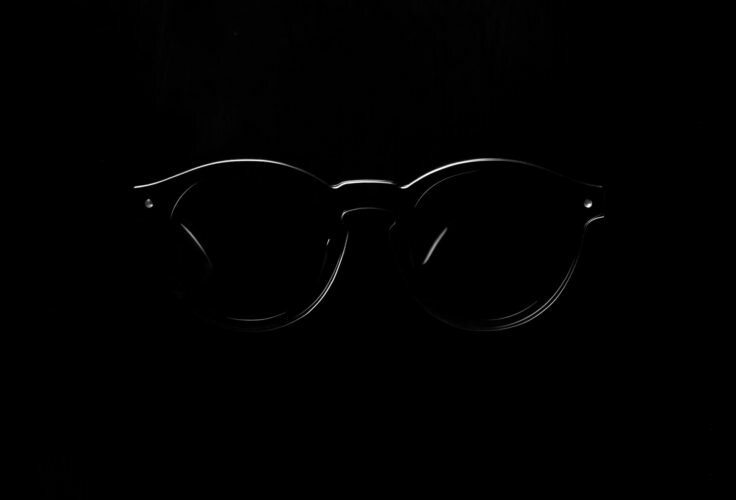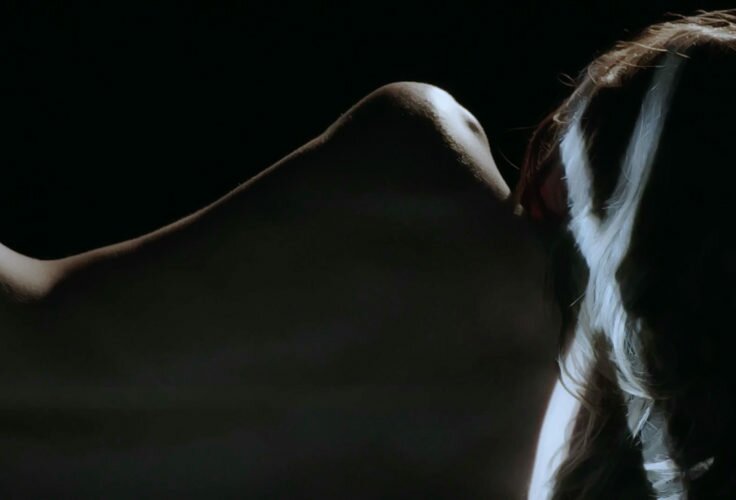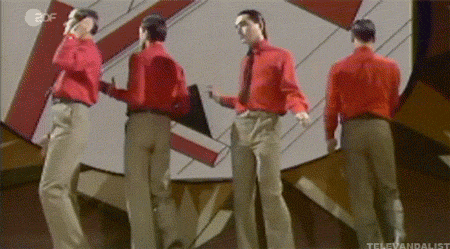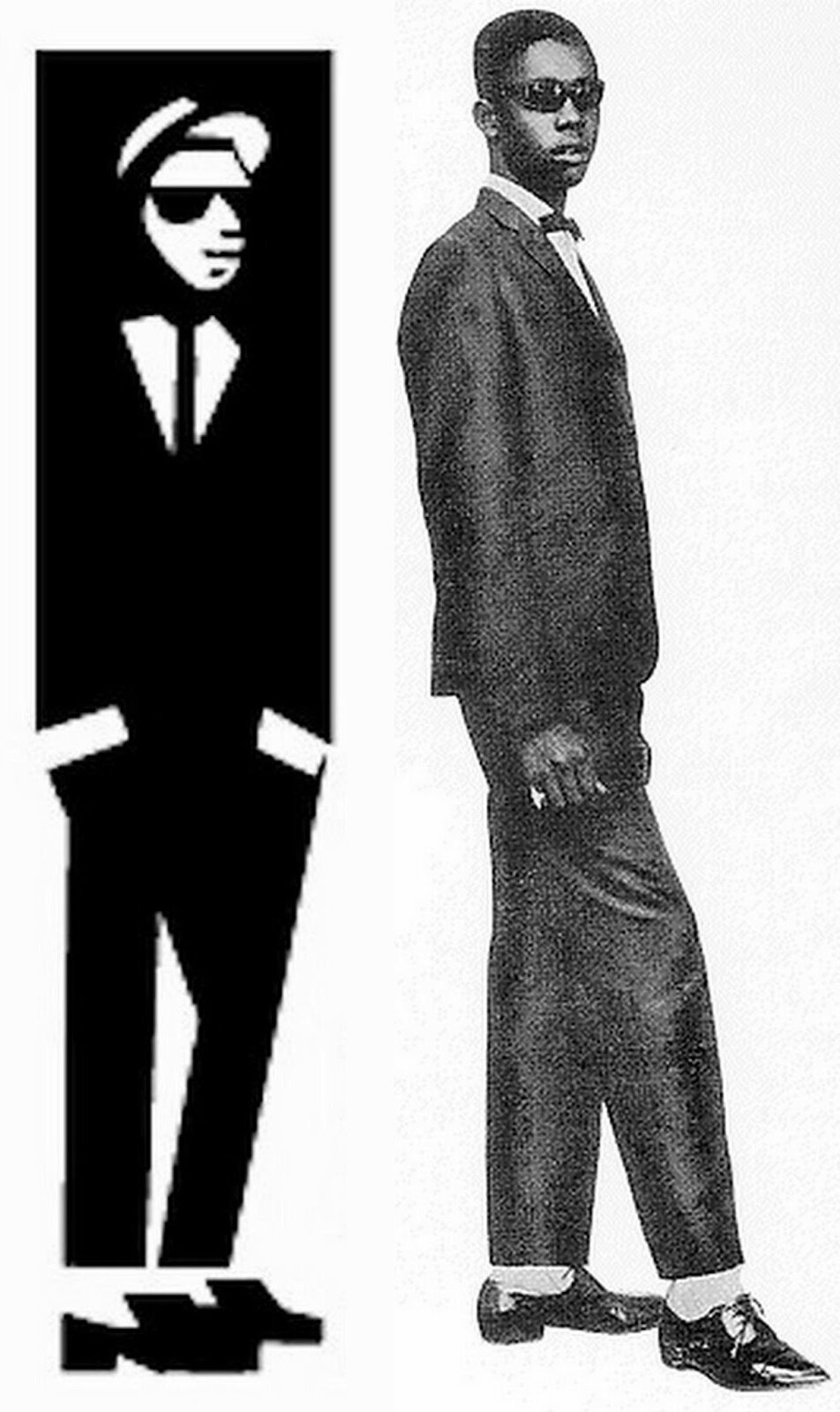Barbarian Days is more than a book about surf even though it’s basically… a surf book. Joan Pons thinks it is to literature what The Endless Summer was to documentaries.

✏ Put ✊
a 🙊 mascot
in 👀 your
audio ♫.
By
Joan 🐻 Pons

When Glastonbury announced some months ago its first headliner for 2017 by artistically shaving Somerset valley to show an aerial view of Radiohead’s , I intimately celebrated this funny aerogram. My private cheering wasn’t so much to do with the news in themselves or for the pop reference to crop circles or the creative nature of this indirect communication strategy. I was happy simply for the fact that there are still bands using mascots, although in this case, this “genetically modified hungry bear” created by Thom Yorke with Stanley Donwood inscribed itself in a grey area between idol and logo (as happened as well with the little dolls identifying The Offspring, Grateful Dead, D.R.I and Jamiroquai).
¿ Why is it that bands no longer use mascots? Is it enough with just a unique typography or a logo to define them? Is having a mascot considered out of date? Is it associated to not so noble musical genres? Not serious? Tacky? Too easy?
Que Radiohead todavía utilicen el amuleto gráfico ideado para la promo de Kid A today would serve to answer all these questions in the negative. Also recently, another exception would be Kanye West, who before becoming too frowny and/or sensitive (as well as going too mad) adopted a trademark another bear, Dropout Bear, for three albums… But later on, when he thought he was more artistically mature, dropped it like Andy getting rid of Woody. In any case, when MTV celebrated the 37th birthday of Ye, it used the toy (with a restyling by Takashi Murakami) to generate the GIFs that you can see with this paragraph and are an excuse for this post.
Que Radiohead todavía utilicen el amuleto gráfico ideado para la promo de After more than one thousand five hundred letters we are getting to the point in question. Being an artist with a mascot that takes care of it (and we’re not talking about real pets that make someone cancel a tour, do you hear this Fiona Apple?) makes brand work easier (it’s an easily recognizable icon with which to feed promos and merchandising) and enriches the aesthetic imaginary of the band (by synthesising music in a symbol and creating links with other graphic elements). It’s possible that in recent years we might have lost this particularity because there haven’t been many artists to use it in the last decades. Maybe Aphex Twin with his bears (yes, bears again) of the music video for Donkey Rhubarb)? Would the Plastikman logo doll be another case? Well, Mr. Oizo’s Flat Eric surely was one… or not, because at the end of the day it was the appropriation of a Jim Henson puppet created for Levi’s.
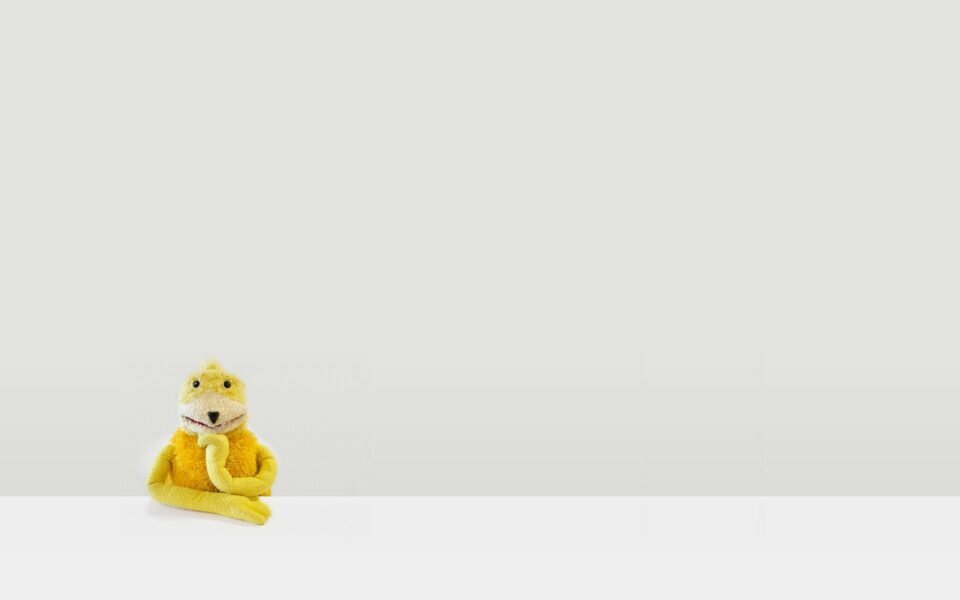
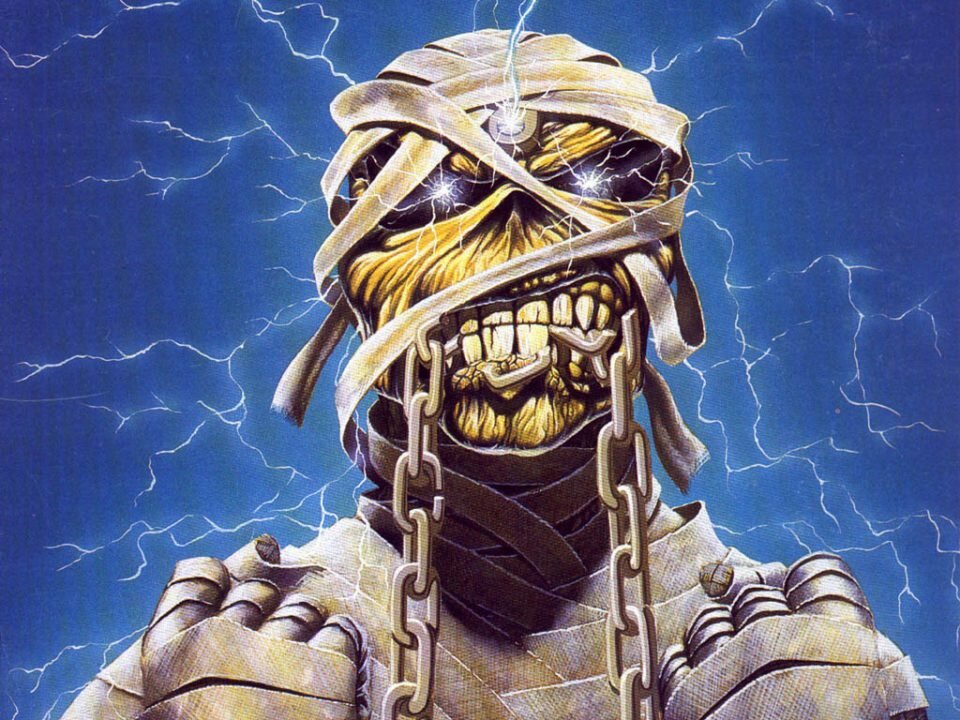
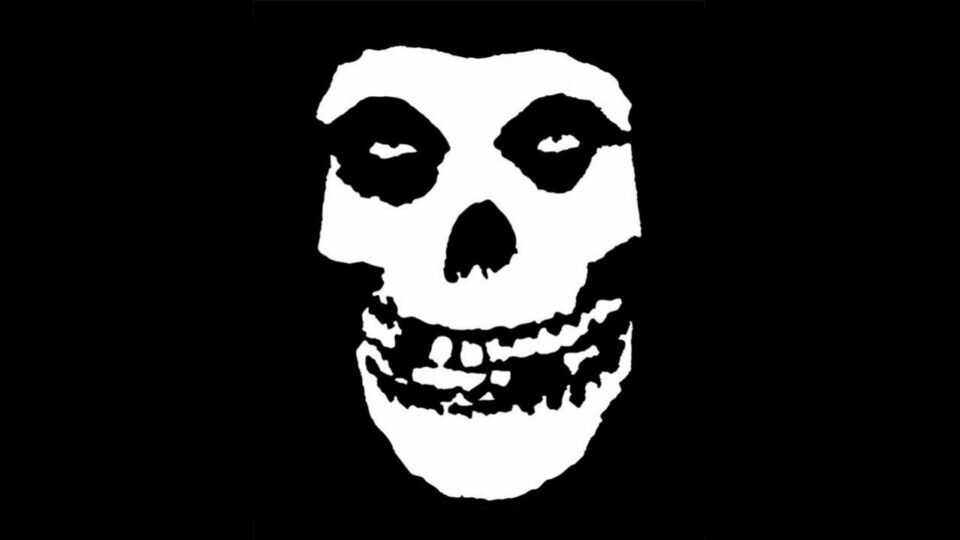
In fact, the dry spell of music mascots in later years should take us to consider this peculiarity as a lost art from another time (because is very close to comic books, and comic books are an art form, we all agree on that, don’t we?). With the exception of some strange pioneer initiatives (the time that Pink Floyd loved the Animals’ piggy, the always included on Christopher Cross covers or the Norman Rockwell lookalike cowboy of Pure Prairie League), the golden age of mascots goes from the end of the seventies until the nineties. In general, besides, they were associated to teenage subcultures with musical tentacles that had some contact with the mainstream. It was an extra fun feature that had also a high identity value. In fact, some genres are difficult to understand without a mascot. In metal, for instance, are a legion and decorate calendars and folders. Iron Maiden and Eddie The Head (or its offspring, , that follows Bruce Dickinson) would be high on the list, but also Motörhead, Helloween, Mötley Crüe, Hammerfall, , Manowar, Megadeth, Anthrax, etc. and even Black Sabbath or Led Zeppelin could be seen as having proto-mascots, in both cases winged ones. They’re also popular in second or thir or whatever generation punk and hardcore: The Misfits, Bad Religion, , The Adicts, , Toy Dolls, Descendents and All (inspired by Bart Simpson?), and should we consider psychobilly as a punk malformation of rockabilly, also King Kurt. And as it couldn’t be otherwise, in the ska revival, a style in which you were no one if you didn’t have your own doll: Madness had an (and very well dressed) that was the offspring of some of the first used by The Kinks; The Beat had a stylish sixties dancer; Bad Manners a kind of caricature of Buster Bloodvessel in a G-string and tank top, and The Specials had Walt Jabsco, a figure inspired in an image of Peter Tosh that increased its iconicity to represent all the artists from label 2 Tone, all the rude boys and even all the British side of this Jamaican genre.
And so, and as a kind of final wrapping up of all this “remember when”, what do we do with the artist who turn to mascots themselves, or into a mascot extension of their band? I’m thinking about Kraftwerk and Daft Punk robots, in the cartoon characters that replace the members of , in Angus Young and in Kiss, in Flavor Flav, and, since we’re at it, even in the human beings that could be defined as such by accident ( and Minor Threat) or their own will (Bez with the Happy Mondays). All of them can also be seen as iconic fetishes of music that added plastic toys to its artistic side.




